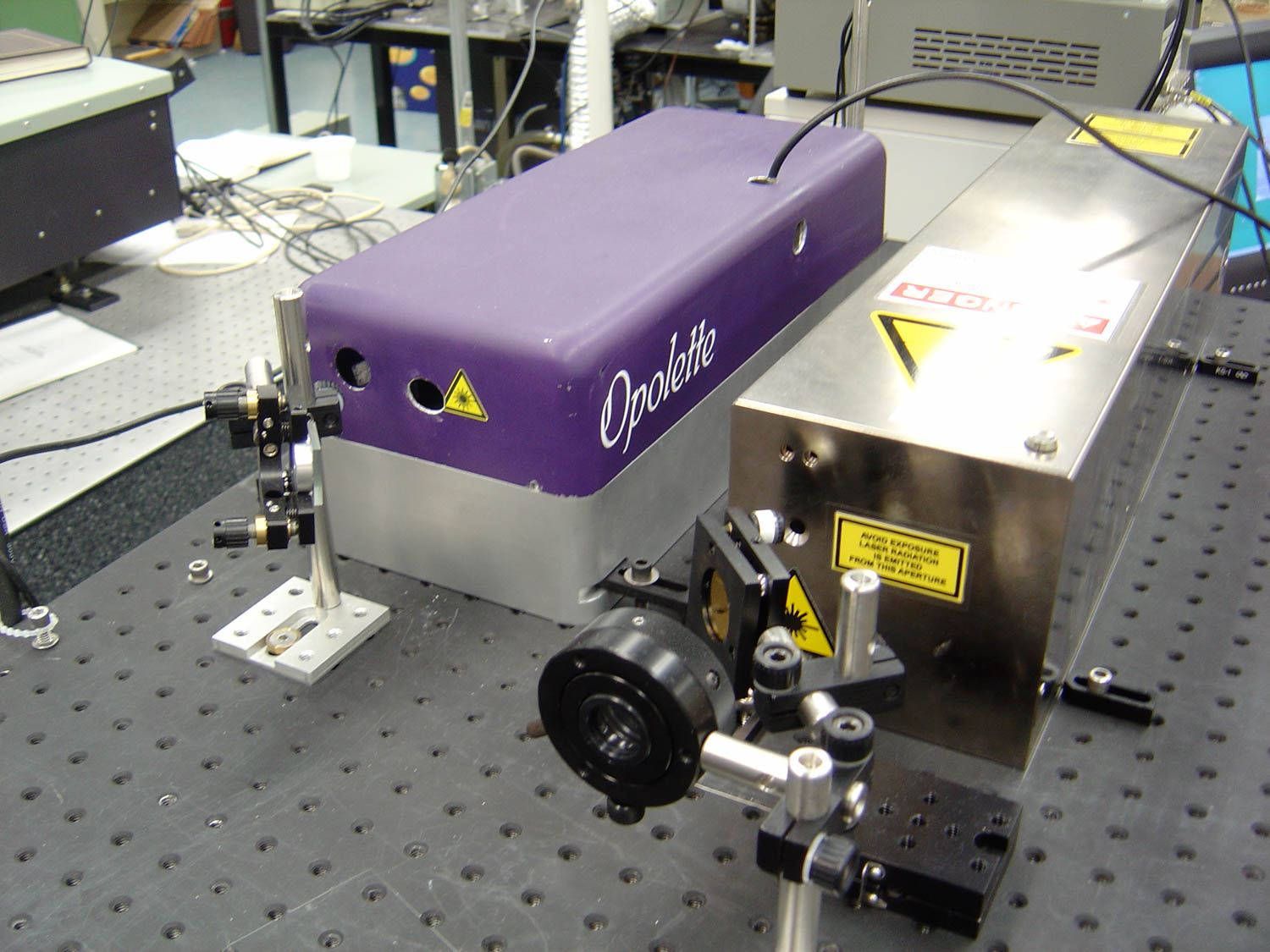National Institutes of Health
A Compact Turnable Infrared Laser for MALDI MS
- R41 RR015134
- $99,800
- Role: co-I
- 4/2000-3/2001
Abstract
The goal of the proposed [SBIR Phase I] research is to develop compact, inexpensive, and tunable infrared (IR) laser for use with matrix-assisted laser desorption ionization (MALDI) mass spectrometry. MALDI is a powerful tool for the analysis of large biological molecules and is now almost exclusively performed with lasers operating in the ultraviolet (UV) wavelength region. IR lasers are not used even though they offer significant advantages over UV lasers in many situations such as the analysis of high mass DNA molecules, very low mass molecules, gel separated proteins, liquid matrices, and tissue samples. The main impediment to the widespread us of IR lasers for MALDI is the size, cost, and complexity of existing IR lasers. The OPO is based on a KTA (4-potassium titanyl arsenate) crystal that has low absorbance in the IR and high damage threshold. The OPO is pumped by the 1064 nm fundamental wavelength of a Nd:YAG laser and has a tuning range of 2.5 to 3.5 um. This range is necessary to provide wavelength overlap between the OPO and the vibrational absorption of the matrix molecules. PROPOSED COMMERCIAL APPLICATIONS: The need for small and inexpensive IR light sources for matrix assisted laser desorption ionization (MALDI) mass spectrometry is great. Commercial applications for the compact IR OPO either as a stand alone retrofit unit or as an option for new mass spectrometers include analysis of high mass DNA and proteins, gel separated proteins, low molecular weight species, direct liquid introduction and frozen tissue sections.

